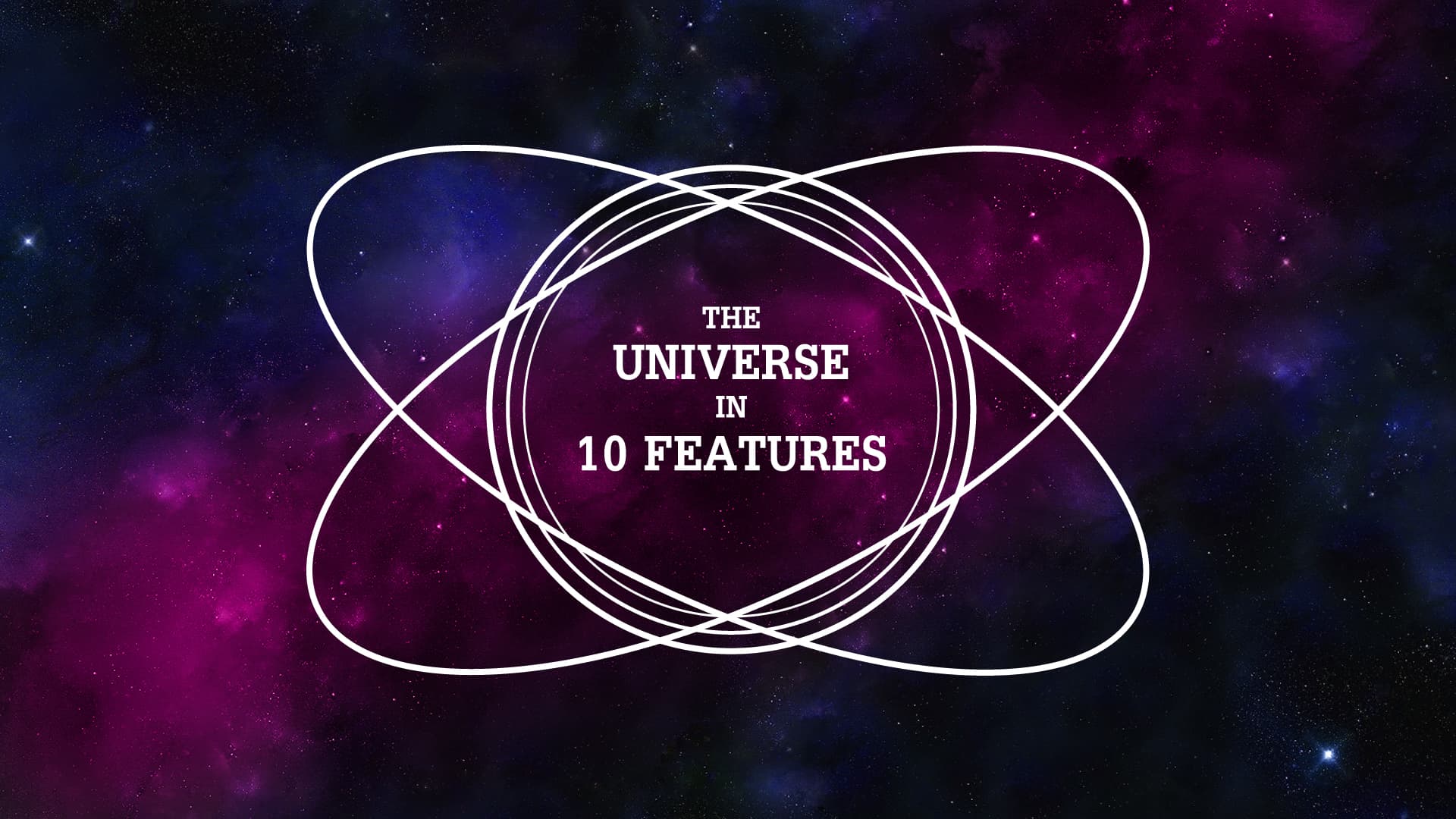One of the fundamental laws of the universe is the conservation of Energy. Nothing is created, nothing is destroyed, and all is transformed. And so the death of the original stars brought forth new stars which then died again, adding heavier elements than hydrogen to the composition of the universe.
The vast majority of stars that inhabit the spiral arms of the Milky Way are part of the youngest generation of stars in the universe. We call them Population I stars. They are the third generation of stars to form in the universe and they are considered metal-rich as a few percent of their masses is made of elements other than hydrogen and helium. The abundance of metals helps cool the hydrogen gas. The cooling is a necessary condition in star formation. If the gas is not losing energy it won’t condense and thus collapse to form a star. More metals produce more efficient cooling and thus smaller stars.
The Sun is a Population I star. If it was slightly bigger it would explode at the end of its life, releasing more metals into the interstellar medium that would lead to new stars being born in the process. The Sun is not big enough to explode, however it is still going to turn into a Red Giant and engulf the Earth (and how much do you want to bet it will happen on a Saturday?). The universe has a few more generations of stars in its future, although they’ll become progressively redder and cooler.

